Other products
-
Gray Talc Powder
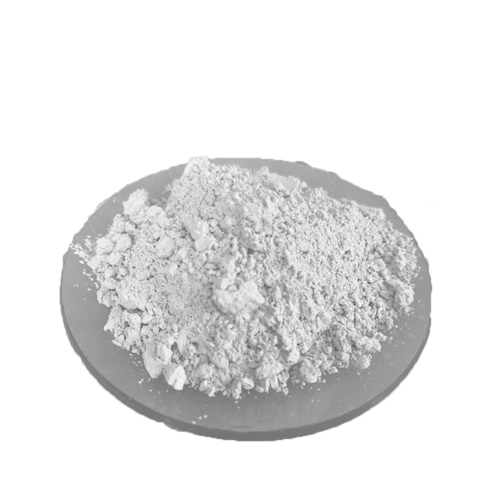
-
White Talc Powder
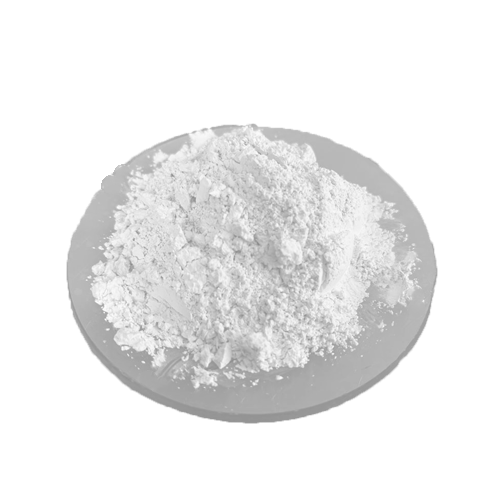
-
Bunkery Calcium Carbonate Powder
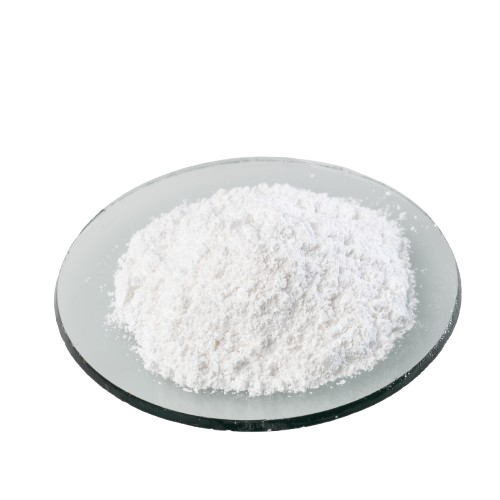
-
Coated Calcium Carbonate Powder
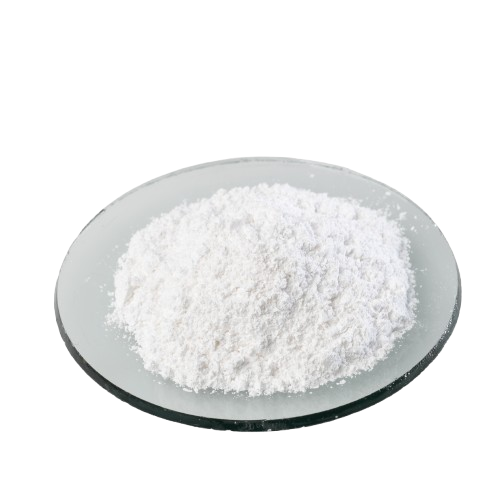
-
Barium Sulfate Powde
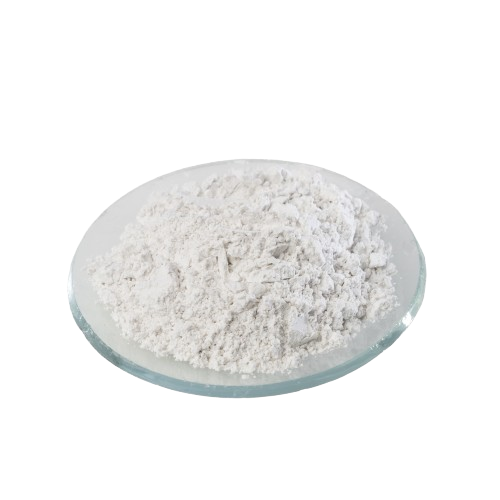
-
Calcium Carbonate Powder
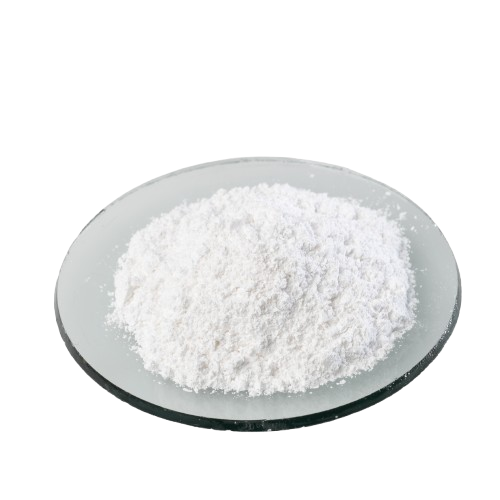
White Talc Powder
|
Description |
Feature |
|
Talc Powder |
Material name |
|
Mg₃Si₄O₁₀(OH)₂ |
Chemical formula |
|
White or light gray powder |
Physical appearance |
|
Monoclinic or triclinic |
Crystal structure |
|
1 (very soft) |
Hardness (Mohs scale) |
|
About 1500 °C |
Melting point |
|
2.7 – 2.8 g/cm³ |
Density |
|
Insoluble |
Solubility in water |
|
Cosmetics, pharmaceuticals, plastics, ceramics |
Main applications |
|
Soft, slippery, anti-adhesive |
Mechanical properties |
|
Repeated inhalation may be harmful; should be used with caution |
Safety |
Price inquiry and order placement
The product price varies depending on the order volume, packaging type, and shipping conditions. For an accurate price quote and purchasing consultation, please contact our experts.
We strive to offer you the best market price with the highest quality raw materials.
Description White Talc Powder
White talc powder is a natural mineral composed of hydrated magnesium silicate (Mg₃Si₄O₁₀(OH)₂). Due to its unique structure, it is very soft (with a hardness of 1 on the Mohs scale), white in color, and resembles baby powder in appearance. This mineral forms in metamorphic rocks and, in its pure form, is colorless and odorless; however, in nature, it is usually found with impurities such as manganese oxide, quartz, carbon, and iron.
Talc has unique physical properties due to its high density, weak molecular bonds, and greasy, slippery surface. These characteristics make it extremely soft and, at high compaction, useful as soapstone. Chemically, talc is slightly acidic and partially soluble in acids.
Because of these properties, white talc powder is used in various industries. In cosmetics and pharmaceuticals, it is valued for its softness, good moisture absorption, and non-toxicity; in plastics and paints, it enhances mechanical strength and creates a smooth surface; in ceramics and soap-making, it improves product quality; and in agriculture and other industries, it serves as an additive and performance enhancer.
White talc is offered in two grades:
industrial talc and food & pharmaceutical talc, and is used as a thickening and lubricating agent in many industries. Due to its high moisture and grease absorption, talc acts effectively as a drying agent. Additionally, features such as high thermal conductivity, low electrical conductivity, strong insulation, high oil absorption, and performance as an anti-caking and anti-adhesive agent make this material one of the most widely used components in various industries.
Soap-Making Industry:
Talc powder is one of the most important, widely used, and largest raw materials in the soap-making industry. Its unique properties—such as softness, odorlessness, lubricating ability, and moisture absorption—make it highly effective in soap formulations. Talc acts as an ideal filler, increasing the volume and quality of soap without affecting its fragrance. Using finely milled talc creates a soft, uniform, and pleasant texture and facilitates molding. Talc in soap enhances foam, skin softness, and leaves a smooth feeling after washing. It also acts as a binding agent, increasing the hardness and strength of soap bars. Depending on the type and quality of soap, talc usage can range from 5% to 40%. These properties allow talc to reduce production costs while maintaining product performance.
Paints and Coatings Industry:
Talc powder is one of the most widely used minerals in paint manufacturing, serving as a filler and performance enhancer. Its plate-like structure and smooth surface effectively increase paint volume, improve pigment dispersion, and create a uniform texture. Key properties include matting, enhanced adhesion, moisture resistance, and smooth application. Talc is particularly valuable in matte, industrial, and weather-resistant paint formulations. Using high-quality talc also reduces production costs by replacing some expensive ingredients without compromising final product quality.
Cosmetics and Personal Care Products:
Finely milled white talc is a crucial raw material in cosmetics and personal care products. It serves as a powder base in items like face powders, foundations, body powders, baby powders, and antiperspirants. Its high softness, effective moisture and odor absorption, skin-smoothing effect, and compatibility with sensitive skin make it ideal. White talc gives a velvety, matte finish, prevents perspiration and odor, and does not block pores. It is also widely used in baby care products due to its odorless, hypoallergenic, and gentle nature.
Agriculture and Animal Feed:
White, pure talc has versatile applications in agriculture. It acts as a carrier for pesticides, chemical fertilizers, and animal feed supplements. Its unique physical properties ensure uniform mixing, improve dispersibility, control moisture absorption, and prevent caking. In feed formulations, talc serves as an anti-caking agent, lubricant, and mild antibacterial, enhancing the safety and stability of feed. Sprinkling talc on equipment surfaces creates a thin dry layer, preventing fungal and bacterial growth and reducing stickiness of chemicals.
Plastics and Polymers Industry:
Talc is a widely used and effective filler in plastics, including polypropylene, polyethylene, PVC, nylon, and polyester. Its plate-like structure and chemical stability integrate well with polymers, improving mechanical strength, heat resistance, dimensional stability, and durability. Talc reduces expensive resin consumption, lowers production costs, increases product lifespan, and enhances technical performance. It is commonly used in automotive parts, home appliances, electrical equipment, and white goods.
Pharmaceuticals and Medical Industry:
Pharmaceutical talc is extremely pure and must be free from impurities like iron oxide, dolomite, carbon, and other minerals. It undergoes precise purification to meet strict pharmaceutical standards. In tablet and supplement production, talc acts as a lubricant, preventing sticking and ensuring uniform distribution of active ingredients. It also serves as a carrier in capsules and powder formulations. In personal care, it is used in body powders, baby powders, anti-inflammatory creams, and skincare products, absorbing moisture and grease, preventing irritation, and providing a smooth, dry feel. Pharmaceutical talc is more expensive than industrial talc due to high purity requirements and strict quality control.
Paper and Cardboard Production:
Talc is a key mineral in paper manufacturing, used as a coating and filler. With a particle size of about 53 microns and high brightness, talc improves paper softness, surface smoothness, opacity, whiteness, and uniformity. It enhances printability, ink absorption, and image clarity. Talc also reduces pulp usage and increases paper durability and moisture resistance. In glossy, oil-resistant, and specialty papers, it improves gloss, softness, and grease resistance, making it essential for food packaging and high-quality printing.
Tile and Ceramic Industry:
Industrial talc is vital in producing tiles, ceramics, and porcelain, improving physical and chemical properties of ceramic bodies. It lowers firing temperature, increases strength, improves flexibility and thermal stability, and accelerates sintering, reducing energy consumption. In glazes, talc provides MgO, creating smooth, glossy, uniform, and highly adhesive surfaces. Its functional properties make it essential in sanitary ceramics, porcelain, and specialized glazes.
Agriculture and Livestock:
In agriculture, talc acts as a carrier and anti-caking agent in pesticides, fungicides, chemical and organic fertilizers. Its plate-like structure, water resistance, and high moisture absorption prevent particle clumping and ensure uniform distribution of active ingredients. In animal feed, high-purity talc prevents caking, improves mixing, absorbs excess moisture, and enhances nutrient stability. Its mild antibacterial property helps limit pathogen growth, supporting gut health and reducing secondary contamination. Talc is chemically stable, non-toxic, neutral in pH, and highly dispersible, making it safe and effective for agricultural and livestock applications.
Foundry Industry:
Talc’s unique properties give it a special role in metal casting. Its high heat resistance makes it essential for refractory products, allowing tolerance of very high industrial temperatures. Talc is also used to coat casting molds, providing non-stick surfaces so molten metals do not adhere, facilitating faster, easier, and more precise separation of cast parts from molds.
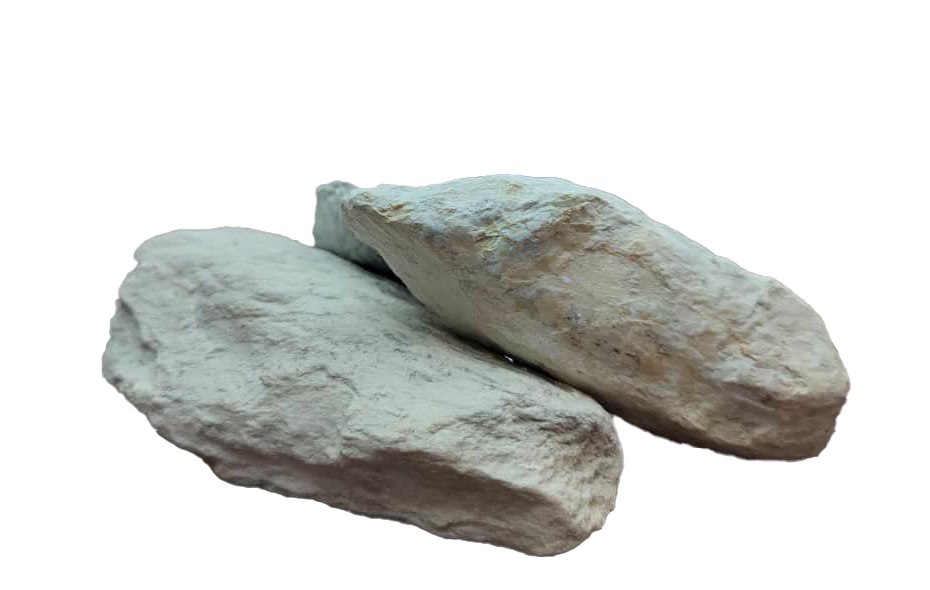
Properties of White Talc Powder
High softness
Strong absorption of moisture and grease
High brightness and whiteness (does not alter the color of materials)
Chemical stability and non-toxicity
Suitable thermal resistance
Excellent electrical insulation
Neutral pH and chemically inert
Note: Absorbs oil and grease, and is insoluble in weak acids.
The difference between white talc powder and other types of talc
White talc powder is the purest and highest-quality type of talc. Due to its bright color, high softness, and absence of impurities such as asbestos, it is an ideal choice for sensitive industries like cosmetics, pharmaceuticals, and personal care. In contrast, other types of talc, which have gray, green, or yellowish hues, are generally used in industrial applications such as paints, ceramics, and rubber.
Comparison Table: White Talc Powder vs. Other Talc Types
| Other Types of Talc Powder | White Talc Powder | Properties |
|---|---|---|
| Medium to Low | Very High | Chemical Purity |
| Gray, Green, Yellow, Brown | White to Off-White | color |
| May Contain Asbestos | Asbestos-Free | Presence of Asbestos |
| Industrial: Paint, Plastic, Ceramics, etc. | Cosmetic, Personal Care, Pharmaceutical | Main Application |
| Requires Further Evaluation | Very Safe | Safety for Skin and Body |
| Coarser and Irregular Mesh | Fine and Uniform (400 to 800 Mesh) | Particle Size (Mesh) |
| Cheaper Due to Lower Quality | Higher due to greater purity | Price |
Is White Talc Powder the Same as Baby Powder?
No. Baby powder is usually made from a combination of different ingredients such as white talc, zinc oxide, starch, and mild fragrances. Talc is one of the main components in some baby powder formulations, but by itself, it is not equivalent to baby powder. The use of talc in baby powder helps absorb moisture, reduce skin friction, and prevent diaper-related irritation.
Safety Tips for Using White Talc
Pharmaceutical talc must be completely pure and free of impurities such as asbestos, which is a carcinogen that can lead to diseases like mesothelioma, ovarian cancer, and lung cancer.
In the past, talc powder was used without awareness of its risks, even on skin and wounds, sometimes causing inflammation and infection.
To produce pharmaceutical-grade talc, it must be ensured that the mining site is not near asbestos sources, and the purification process must be carried out carefully.
High purity and strict quality control are the main reasons pharmaceutical talc is more expensive than industrial talc.
Although talc powder is generally safe, some individuals may be sensitive to its particles.
Inhalation of talc dust can be harmful to the lungs; therefore, masks should be used when handling it.
Talc powder should not be applied near the eyes, as it may cause irritation or damage.
Important Points When Buying White Talc Powder
If you intend to purchase white talc powder or gray talc powder, it is important to consider several key points, which are explained below.
Determine the Type of Talc Powder
Before buying talc powder, you should identify which industry you need it for. Industrial white talc is suitable for applications such as paint, plastic, rubber, paper, and tile production, while pharmaceutical talc must have high purity and be free from any microbial or metallic contamination. Choosing the correct type of talc powder will enhance the efficiency and quality of your final product.
Check Quality and Purity
One of the most important factors when selecting and purchasing talc is the purity and quality of the raw material. Talc powder with a high magnesium silicate content is whiter, softer, and purer, resulting in better performance in industrial processes. The price of white talc also largely depends on its quality and purity grade.
Pay Attention to Granulation
Talc powder is produced in various granulations, each suitable for specific applications. For example, very fine talc powder is used in paint and cosmetics production, whereas coarser granules may be required in the tile and ceramic industries.
Consider the Price of Talc Powder
The price of white talc powder may vary depending on the type, purity, granulation, and order volume. If you require this material regularly, you can obtain it from a reputable manufacturer such as Sepahan Narm Powder. Industrial talc and pharmaceutical talc prices are usually different.
Purchase from a Reputable Manufacturer
To ensure you receive a high-quality product, buy talc powder from reputable producers. Sepahan Narm Powder, with years of experience in producing various mineral powders, including talc, is one of the trusted manufacturers nationwide.
Buying White Talc Powder
To purchase high-quality white talc powder at a reasonable price, the best approach is to deal directly with a reputable and experienced manufacturer. Sepahan Narm Powder, with a distinguished history in producing various powdered minerals, is ready to supply industrial and pharmaceutical talc powder with high purity and customized packaging to valued customers.
Summary
To inquire about the price of white talc powder, get consultation, and place an order, you can do so through the company’s website. Bulk purchases and continuous supply for factories and production units are also available.

Reviews
There are no reviews yet.